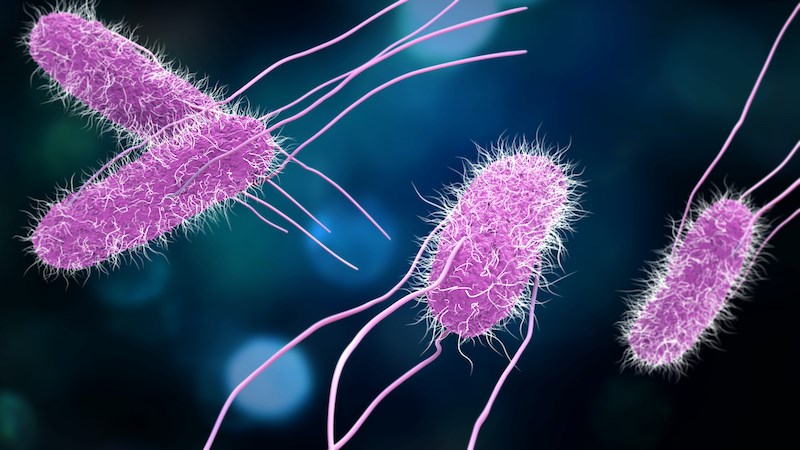The Public Health Agency of Canada (PHAC) is warning Canadians about an outbreak of salmonella affecting five provinces.
On Friday, Nov. 12, PHAC stated that it was working with the Canadian Food Inspection Agency (CFIA) and Health Canada on a salmonella investigation affecting British Columbia, Alberta, Saskatchewan, Manitoba and Ontario. It adds that the "illness reported in Ontario was related to travel to Alberta."
The source of the outbreak has not been identified but many individuals reported eating fresh fruit before they got sick. However, outbreak investigators are gathering information to ascertain other ways the contamination may have occurred.
The outbreak appears to be ongoing, as illnesses continue to be reported.
Given the evolving nature of this outbreak, PHAC is issuing this public health notice to share important safe food handling practices to help prevent further salmonella infections. At this time, there is no evidence to suggest that residents in other provinces and territories are affected by this outbreak.
As of Nov. 10, there have been 46 cases of salmonella reported, including 18 in B.C., 18 in Alberta, three in Saskatchewan, six in Manitoba, and one in Ontario. Three individuals have been hospitalized but no deaths have been reported.
The people who became ill were between the ages of nine and 89 years old. The majority of cases (64%) were female.
What should you do to protect your health
It is difficult to know whether a product is contaminated with Salmonella because you can't see, smell or taste it. The following tips may help reduce your risk of getting sick, but they may not fully eliminate the risk of illness.
- Wash your hands with soap and warm water for at least 20 seconds before and after handling fresh produce.
- Cut away any bruised or damaged areas on fresh produce, since harmful bacteria can thrive in these areas. Be sure to clean your knife with hot water and soap before using it again.
- Wash fresh produce thoroughly under fresh, cool, running water, even if you plan to peel them. This helps prevent the spread of any bacteria that may be present.
- Don't soak fresh produce in a sink full of water. It can become contaminated by bacteria in the sink.
- Use a clean produce brush to scrub items that have firm surfaces like avocados, oranges, melons, potatoes, carrots. It is not necessary to use produce cleansers to wash fresh fruits and vegetables.
- Use one cutting board for produce, and a separate one for raw meat, poultry, fish and seafood.
- Place peeled or cut fruits and vegetables on a separate clean plate or in a container to prevent them from becoming cross-contaminated.
- Use paper towels to wipe kitchen surfaces, or change dishcloths daily to avoid the risk of cross-contamination and the spread of bacteria, and avoid using sponges as they are harder to keep bacteria-free.
- Sanitize countertops, cutting boards and utensils before and after preparing food. Use a kitchen sanitizer (following the directions on the container) or a bleach solution (5 ml household bleach to 750 ml of water) and rinse with water.
- Do not prepare food for other people if you think you are sick with a Salmonella infection or suffering from any other contagious illness causing diarrhea.
Symptoms
Symptoms of a salmonella infection, called salmonellosis, typically start six to 72 hours after exposure to the bacteria from an infected animal or contaminated product. Symptoms include:
- fever
- chills
- diarrhea
- abdominal cramps
- headache
- nausea
- vomiting
These symptoms usually last for four to seven days. In healthy people, salmonellosis often clears up without treatment, but sometimes antibiotics may be required. In some cases, severe illness may occur and hospitalization may be required. People who are infected with salmonella bacteria can be infectious from several days to several weeks. People who experience symptoms, or who have underlying medical conditions, should contact their health care provider if they suspect they have an infection.



